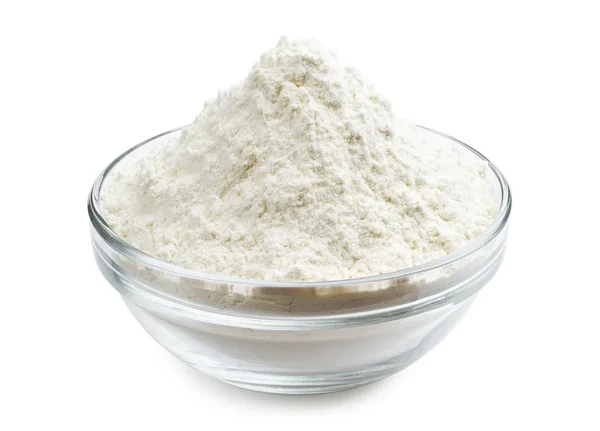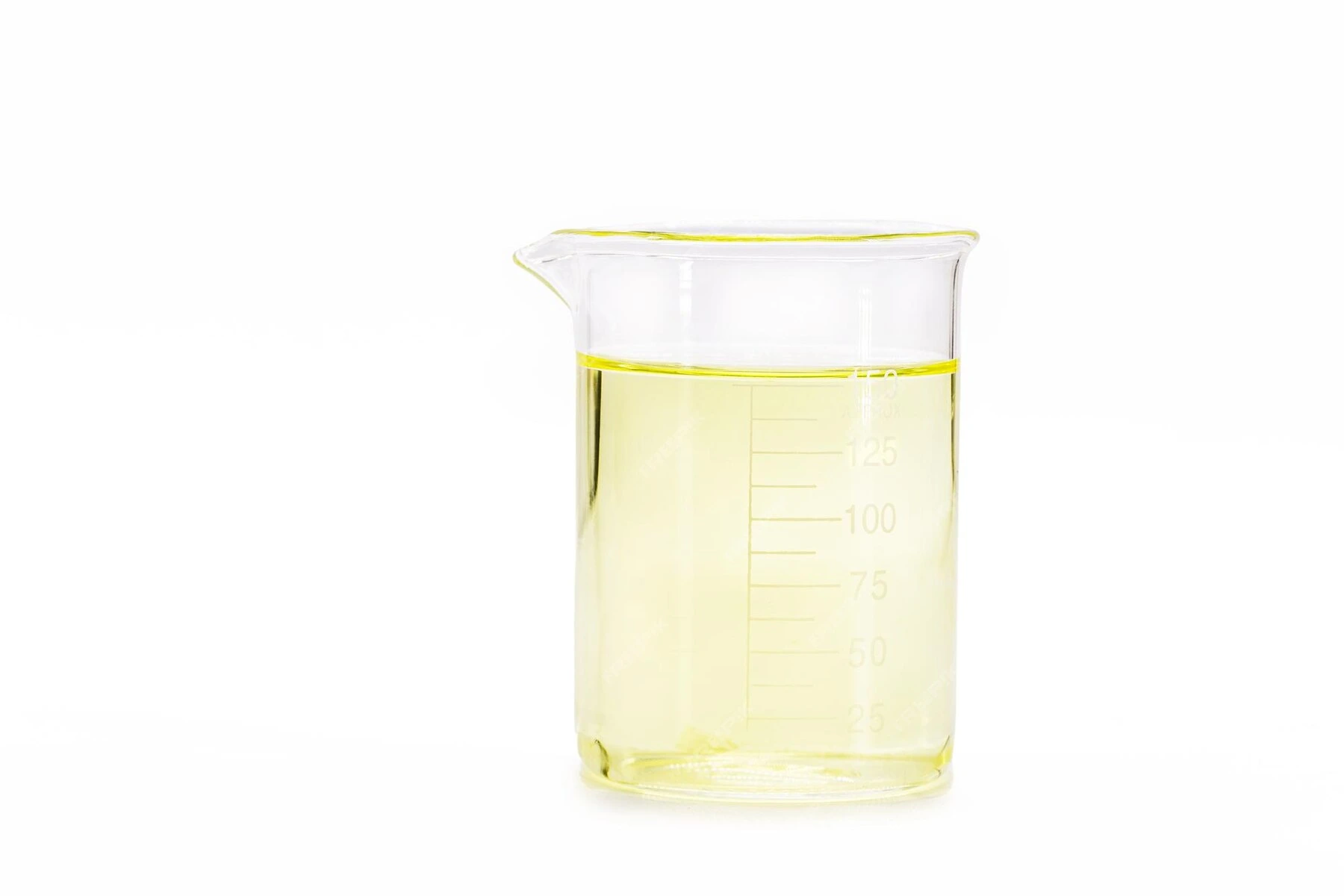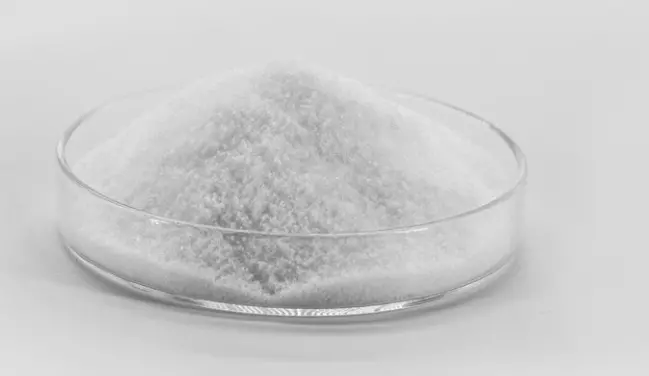Carrageenan
|
IUPAC Name |
: Zinc;1-(5-cyanopyridin-2-yl)-3-[(1S,2S)-2-(6-fluoro-2-hydroxy-3-propanoylphenyl)cyclopropyl]urea;diacetate |
|
Cas Number |
: 11114-20-8 |
|
HS Code |
: 1302.39.11 |
|
Formula |
: C23H23FN4O7Zn |
Basic Info
|
Appearance Name |
: Like-white or light yellow to tan, powder |
|
Common Names |
: Carrageenins |
|
Packaging |
: 25 Kg Bag |






 English
English
 Indonesian
Indonesian
 简体字
简体字
 العربية
العربية
 Español
Español
 Français
Français
 Português
Português
 日本語
日本語
 한국어
한국어
 Tiếng Việt
Tiếng Việt
